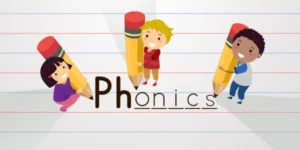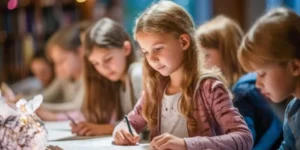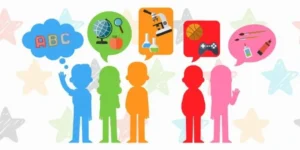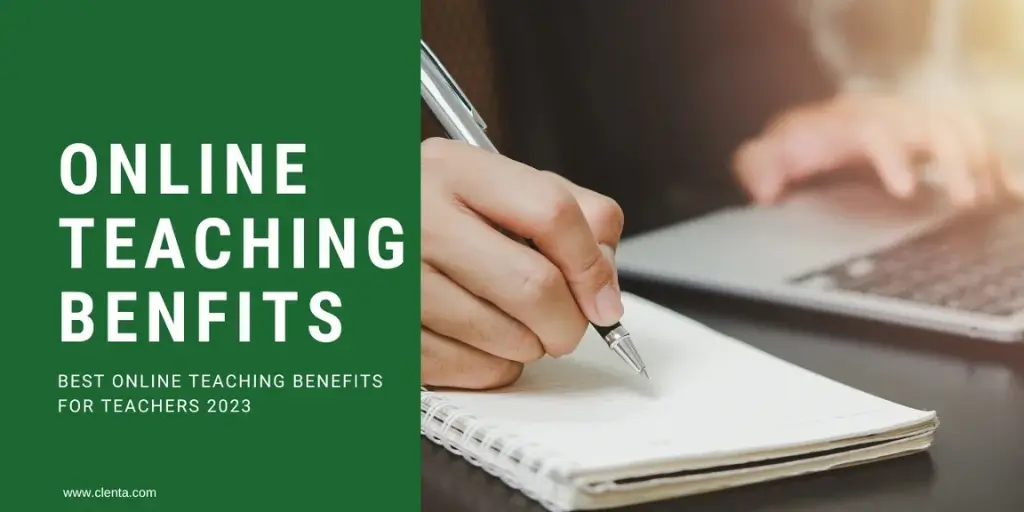Recently updated on January 13th, 2025 at 05:48 pm
Language skills are essential for communication, expression, and success in various aspects of life. As educators, one of our primary goals is to equip students with strong teaching, reading and writing abilities.
However, teaching these skills can be challenging, especially considering the diverse learning styles and abilities of students. This blog post aims to explore effective techniques that can unlock language skills and help students become proficient readers and writers.
1. Phonics Instruction:

Phonics is a necessary foundation for reading and writing. Teaching students the relationship between sounds and letters can significantly enhance their reading and spelling abilities.
Incorporate phonics instruction using systematic and explicit approaches, where students learn letter-sound correspondences and practice decoding words. Utilize engaging activities such as word games, flashcards, and interactive online resources to reinforce phonics skills.
2. Vocabulary Development:

A robust vocabulary is crucial for comprehension and effective writing. Please encourage students to actively build their vocabulary by introducing new words regularly. Teach vocabulary in context, using meaningful and authentic texts. Implement strategies like word maps, word journals, and word walls to reinforce vocabulary retention. Engage students in discussions, debates, and writing exercises that promote the application of newly acquired words.
3. Reading Aloud:

Reading aloud is a powerful technique that enhances reading fluency, comprehension, and language acquisition. Allocate regular read-aloud sessions, where students can listen to a proficient reader while following along in their texts. Choose a variety of genres and texts appropriate for different age groups to cater to diverse interests. Pause occasionally to discuss the content, ask questions, and encourage students to make predictions, connections, and inferences.
4. Guided Reading:

Guided reading sessions provide students with personalized support and targeted instruction. Divide students into small groups based on reading levels and assign appropriate texts. During guided reading, offer scaffolding, ask probing questions, and encourage students to apply reading strategies independently. Gradually release responsibility, allowing students to become more confident and proficient readers.
5. Writing Workshops:

Engage students in the writing process through interactive and collaborative writing workshops. Provide explicit instruction on various writing genres, grammar, and organization. Encourage brainstorming, planning, drafting, revising, editing, and publishing stages. Create a supportive environment where students can share and provide constructive feedback on each other’s work. Utilize technology tools for digital writing and publishing, expanding opportunities for creativity and collaboration.
6. Independent Reading:

Independent reading fosters a love for books and develops self-directed learners. Establish a dedicated time for silent sustained reading, allowing students to select books that interest them. Provide a wide range of reading materials, including books, magazines, and online resources. Encourage students to set reading goals, maintain reading logs, and share their reading experiences with peers. Celebrate achievements and offer recommendations to inspire a reading culture.
7. Differentiated Instruction:

Recognize the diverse needs of students and employ differentiated instruction strategies. Modify lesson plans, materials, and assessments to cater to individual learning styles, abilities, and interests. Offer extra support for struggling readers and writers through one-on-one conferences, targeted interventions, and assistive technologies. Provide enrichment opportunities for advanced learners to challenge themselves and explore their potential.
Conclusion:
Teaching reading and writing effectively requires a combination of research-based strategies, flexibility, and a deep understanding of students’ individual needs. By implementing phonics instruction, promoting vocabulary development, incorporating read-aloud sessions, guiding students through the reading process, facilitating writing workshops, fostering independent reading, and differentiating instruction, educators can unlock language Students will develop confidence in their reading and writing skills.
Remember, these techniques are not isolated; they work best when integrated into a comprehensive language arts curriculum that encourages exploration, critical thinking, and a lifelong love for learning.







188v chính thức
September 24, 2024chơi bài 66b xuất hiện trên thị trường cá cược từ nhiều năm trước, ban đầu chỉ là một nền tảng nhỏ với số lượng trò chơi giới hạn. Nhưng với tầm nhìn chiến lược nỗ lực không ngừng, nhà cái đã phát triển vượt bậc, trở thành một trong những nhà cái nổi tiếng tại khu vực châu Á.
xn88 lừa đảo
September 24, 2024Trong quá trình sử dụng dịch vụ, sản phẩm giải trí do slot365 login link cung cấp, nếu thắc mắc hay gặp phải vấn đề bất cập, bạn hoàn toàn có thể liên hệ ngay với đội ngũ CSKH để được giải đáp và xử lý hiệu quả thông qua: Live Chat, Hotline, Facebook, Telegram và Zalo.
Kayit Ol
September 24, 2024I don’t think the title of your article matches the content lol. Just kidding, mainly because I had some doubts after reading the article. https://www.binance.info/register?ref=IHJUI7TF
888slot con
September 24, 2024888slot apk ios không chỉ tập trung vào việc cung cấp dịch vụ cá cược, mà còn chú trọng vào chất lượng trải nghiệm người dùng, bao gồm giao diện thân thiện và hỗ trợ khách hàng. Điều này khiến người chơi cảm thấy thoải mái và an toàn hơn khi tham gia các hoạt động giải trí trên trang web.
slot365
September 24, 2024Các giấy phép này cũng yêu cầu mã nhận thưởng 888slot phải thực hiện các biện pháp bảo vệ người chơi, như bảo mật thông tin cá nhân, chống gian lận, và đảm bảo công bằng trong trò chơi. Điều này giúp người chơi yên tâm hơn khi tham gia cá cược tại nhà cái.
888slot
September 24, 2024888slot được các chuyên gia SEO đánh giá là nền tảng cá cược có tốc độ tải trang nhanh nhất thị trường hiện nay. TONY01-06S